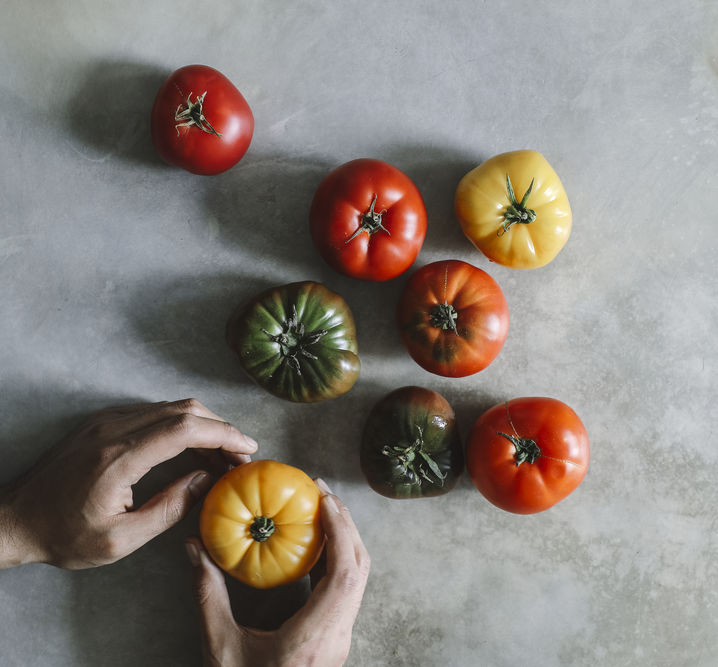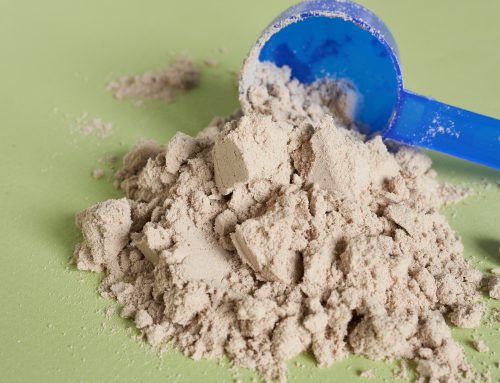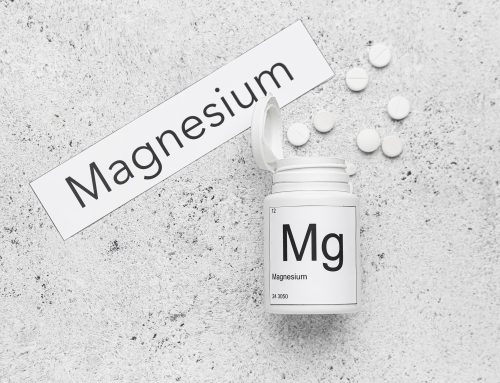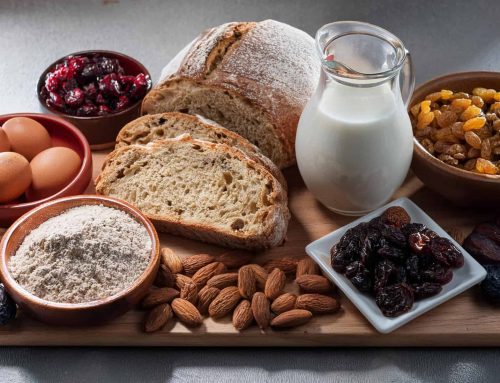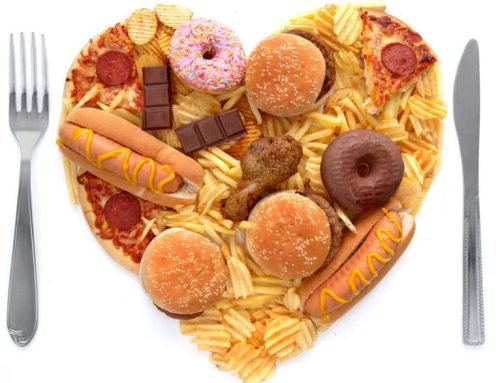What does a healthy balanced diet consist of? A healthy balanced diet includes many fruits and vegetables. This recipe features tomatoes, which are technically classified as a fruit, but many of us consider to be a vegetable.
Try Heirloom Tomatoes
Tomatoes are in season now, you might even be growing them. I love the variety of heirloom tomatoes that are now available. These varieties taste great because their DNA hasn’t been manipulated in the same way that the genetics of a lot of their mass marketed cousins have. Most tomatoes that you find in the grocery store have been bred to look good: plump, red, round, and easy to store in the produce section of the supermarket. These tomatoes were created for consistency, but not necessarily flavor. Many can be watery, mealy, and practically flavorless.
Heirloom tomatoes are known for their idiosyncratic qualities. They often have colors, textures, sizes, and flavors that vary from species to species, in the same way that apple varieties do. A Black Krim will look and taste different from an Azoychka. And that makes tomato salads all the more interesting. A classic Caprese made with a mixture of different heirlooms becomes a beautiful display of color and flavor.
Why a Healthy Balanced Diet Features Tomatoes
The reason a healthy balanced diet includes tomatoes is that they are extremely nutritious.
Tomatoes are the major dietary source of the antioxidant lycopene, which has been linked to many health benefits, including reduced risk of heart disease and cancer.
In fact, tomatoes are a good source of many vitamins and minerals:
- Vitamin C. This vitamin is an essential nutrient and antioxidant. One medium-sized tomato can provide about 28% of the Reference Daily Intake (RDI).
- Potassium. An essential mineral, potassium is beneficial for blood pressure control and heart disease prevention.
- Vitamin K1. This vitamin is important for blood clotting and bone health.
- Folate (vitamin B9). One of the B vitamins, folate is important for normal tissue growth and cell function. It’s particularly important for pregnant women.
- Lycopene. A red pigment and antioxidant, lycopene has been extensively studied for its beneficial health effects.
- Beta carotene. An antioxidant that often gives foods a yellow or orange hue, beta carotene is converted into vitamin A in your body.
Shrimp, Basil & Tomato Recipe
Ingredients (makes 4 servings)
- 2 teaspoons vegetable oil, such as olive or canola oil
- 2 scallions, thinly sliced
- 3 cloves garlic, slivered
- 1 pound large shrimp, shelled and deveined
- 2 cups halved cherry tomatoes (red and yellow)
- ¼ cup chopped fresh basil
- ½ teaspoon salt
- ¼ cup chopped fresh mint
Directions
1. In a large nonstick skillet, heat the oil over medium heat. Add the scallions and garlic, and cook until the scallions are slightly softened, about 1 minute.
2. Add the shrimp and cook until opaque on the outside but still a bit translucent in the center, about 3 minutes. With a slotted spoon, transfer the shrimp to a plate.
3. Add the cherry tomatoes, basil and salt to the skillet and cook until the tomatoes are softened and begin to get juicy, about 4 minutes.
4. Return the shrimp to the skillet. Stir until opaque throughout, about 1 minute. Stir in the mint and serve.
Nutrition (per serving)
Calories 108
Fat 3.3g
Fiber 1g
Carbs 4g
Protein 15g
Serving suggestion: If you like, turn this into a one-dish dinner by tossing the shrimp and its sauce with spiralized vegetables or riced cauliflower. Serve a salad on the side.
This recipe was featured in the Berkeley Wellness Letter.
Click here for a healthy balanced diet recipe featuring tomatoes.

